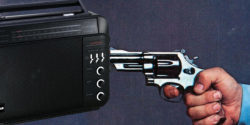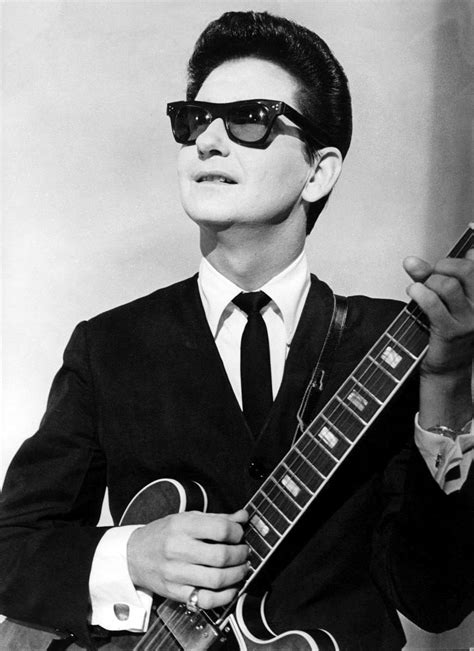The original broadcast band gets little love as it prepares to celebrate its 100th birthday. Plagued by electromagnetic interference from wi-fi routers, LED lights and all sorts of other modern electronics, and dominated by tired right-wing and sports talk programming targeting a shrinking demographic, there’s not much love for AM radio these days.
While the FCC has talked about revitalizing the AM band for something close to a decade, all that’s resulted is letting AM broadcasters have translator repeater stations on the FM dial. That’s not so much AM revitalization as welfare for AM broadcasters.
Another idea that’s been floating in the ether is taking the band all-digital. Just like the FM band, there are digital HD Radio stations on AM right now. Because AM stations have just a fraction of the bandwidth of FM channels, they don’t feature additional channels, like FM’s HD–2 and HD–3. Instead HD Radio stations on AM just have a digital channel accompanying the analog one which offers audio that is stereo and markedly free of noise and static, provided you have an HD Radio tuner and are in range of the lower-powered digital signal.
The idea behind an all-digital AM band is that stations would drop their analog signals altogether in favor of a digital HD Radio signal. The supposed benefit is that the new digital signals would be higher fidelity, free of noise, and somewhat more resistant to interference. The downside would be that they would be unreceivable by the hundreds of millions of analog AM radios in use around the country. Only HD Radio equipped car radios and the much-rarer home receivers would get the broadcasts.
As of now, approximately 50% of new cars are HD-capable. Taking into account that the average vehicle on the road is nearly 12 years old, a much lower percentage of all vehicles have the capability, meaning the majority of radio listeners still can’t hear HD Radio signals.
Nevertheless, for the first time this month the FCC is officially taking up the idea of letting AM stations go all-digital. The proposal, docket 19–311, wouldn’t force stations to go HD Radio. Instead, if approved, it would allow stations to choose this route.
Arguing All-Digital AM
To understand the motivations for this, we can look to a Radio World editorial, in which the petitioner behind this proposal, radio group GM Ben Downs, argues for the sonic advantages of HD Radio on AM. I admit that on its own the fidelity argument is hard to find fault with. But there are many more significant nits to pic. He takes up several common objections.
To the argument, “there aren’t enough [HD] radios,” he answers: “And if we broadcasters don’t step up, there won’t be any listeners either. Every year more and more HD Radios are hitting the market. Can we say the same about AM listeners?”
I think what he’s saying is that listeners are fleeing AM because of the noise and interference, but a growing segment of them are using HD-capable receivers that would relieve them of the sound constraints. I’m not certain there’s much evidence for this. Fidelity is not much of an issue for listening to Rush Limbaugh, Sean Hannity, or endless listener calls debating NFL stats. Audiences interested in anything else naturally turn to FM.
READ MORE HERE.









There are some stations – such as 630 CHED – that seem to deliberately distort their signal so that it sounds like their studio announcers are speaking from their homes via a telephone. But, with so many commercials, they have so little air time anyway.